My Search for Hidden Meanings in Beatles SongsBefore the Internet, we often had no idea what hit songs were aboutThe Beatles became famous when I was four years old. My first experience with music criticism happened when older kids argued about their songs. Those Beatles lyrics stirred up constant debates back then. Nobody could agree on what they meant. If you want to support my work, please take out a premium subscription (just $6 per month).Nowadays, you can go to Wikipedia or Genius.com and get a full rundown on any hit song. Everything is explained and documented. But in those pre-digital days, we had no authorities to turn to. So we constantly argued over what our favorite songs were really about. Sometimes we couldn’t even agree on what words the band was singing. The Rolling Stones released their hit single “Tumbling Dice” when I was 14. But nobody at my school knew what Mick Jagger was singing until Linda Ronstadt recorded a more comprehensible country-rock cover version five years later. Nowadays, it’s all laid out for you—no mysteries, no secrets, no doubts. 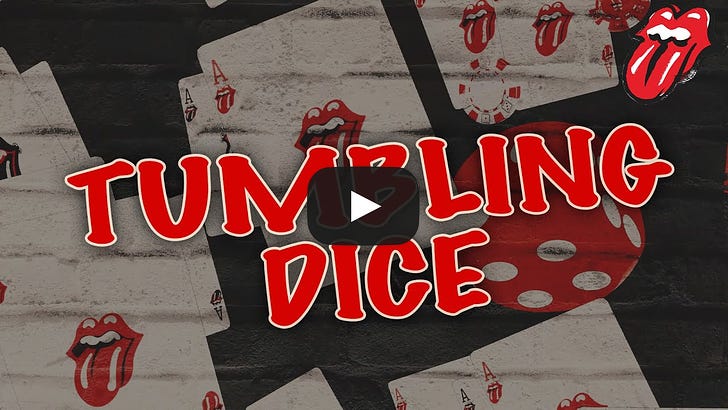 I didn’t learn the actual words to “Gimme Shelter” until just a few years ago. I’ve been grooving to that song for decades without a clue. Frankly, I was shocked when I discovered the real lyrics, I’m convinced that it only got on the radio because censors couldn’t decipher them. I often misheard lyrics back then. I was frequently disappointed when I eventually learned the real words. I sometimes thought that my own version was better. (It was almost always much stranger.) I wasn’t alone in this. The FBI spent a lot of time and money trying to determine the words to “Louie Louie.” Years later I read their declassified report. Their suggested interpretations were far more obscene than anything in the song. The Feds never discovered the real lyrics. Here’s a laugh—nobody at the FBI ever realized that they could just walk down the street to the Bureau of Copyrights and request the official text. 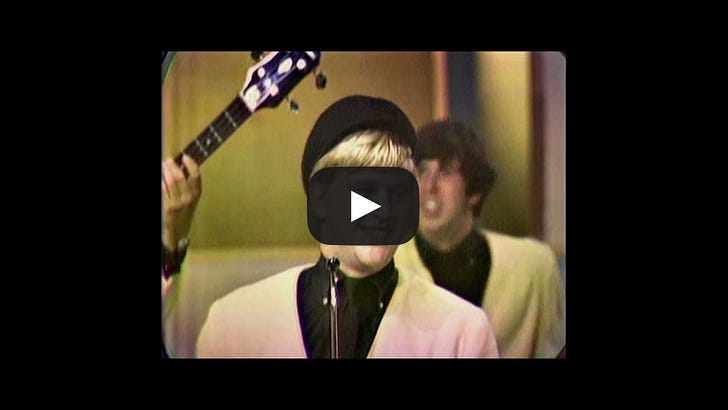 Censorship was always on our mind back in the 1960s and 1970s. We all assumed that the bands were putting secret messages into the lyrics—they couldn’t speak openly, because they would get shut down by the government. That was a reasonable assumption. Black musicians had been doing that for decades. Those old gospel, blues, jazz, and rhythm-and-blues songs are filled with hidden meanings. Consider Nat King Cole’s huge 1944 hit “Straighten Up and Fly Right”—which topped the chart for six consecutive weeks. For most listeners, this was a fun dance song, with goofy lyrics about a monkey and a buzzard. But when Cole auditioned it for a film at MGM, Lucille Ball was shocked at the words. “That’s the dirtiest song I ever heard in my life,” she exclaimed. 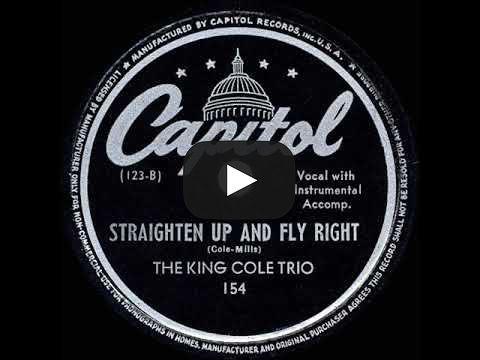 What was she hearing in those lyrics? I won’t even try to guess. But that was how hip people dealt with commercial music back then. Censorship was so tightly imposed that alert people practiced advanced hermeneutics in order to get to the deep inner meaning. We were all Talmud scholars—but without a Talmud. All we needed was a transistor radio. And Ms. Ball wasn’t entirely wrong. The signifying monkey in Cole’s song is based on the African Trickster, a folklore character who always subverts community standards. When the Trickster shows up, authorities must be on their guard. Those double meanings became even more widespread in the 1960s, when the censorship industrial complex started to collapse. Rock musicians were pushing at the limits. So every teenager in the world—or at least my part of it—did more decoding than a Western Union telegraph operator. And that was especially true when we listened to the Beatles.
I was just an adolescent, but I eavesdropped in wide-eyed with amazement when older teens debated the real meaning of “Norwegian Wood.” Or speculated on what a “Ticket to Ride” really got you. Or what you “find out” if you’re a “Day Tripper,” or went on a “Magical Mystery Tour.” Our questions were never-ending, like Tuesday afternoon in “Lady Madonna.” (How does she make end meet?) What was the real meaning of the number nine? What were we expected do in the road when no one is watching us? What does Doctor Robert drink from his special cup? Why is the gun warm? In my childish innocence, I’d assumed that “Yellow Submarine” was about traveling under the ocean waves. But now I started to wonder. And what in the world was “Strawberry Fields Forever” about? Or “I am the Walrus”? I still remember our total shock and awe, the day we realized that the spoken lines in the background in “I am the Walrus” came from Shakespeare’s King Lear. Our minds were blown like they’d never been blown before. Everything was connected. We just needed to find the connecting thread. 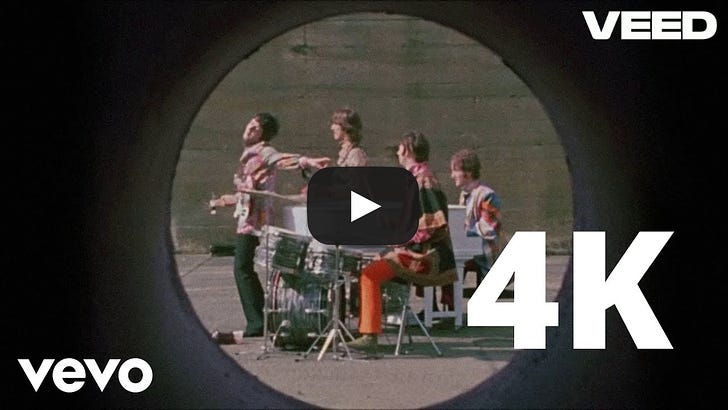 Those songs were a huge puzzle, almost impossible to solve. But we knew we had to try. If we could just unlock the code, we would finally learn all those mysterious things that the System (= parents, teachers, ministers, scout leaders, etc.) didn’t want us to know. There’s no way I can convey to youngsters today how important this was to that generation. Or to me personally. This whole way of viewing music doesn’t exist anymore. And the intense generational conflict underway raised the stakes further. We knew with absolute conviction that these Beatles songs were for us—not them—and that there was some pathway to liberation encoded in this music. The most intense phase of Beatles exegesis kicked off into high gear with Sgt Pepper's Lonely Hearts Club Band (released in June 1967). Even the album cover was a puzzle—we knew some of the faces, but most were a mystery. But the lyrics were far more enigmatic. Those of us who had struggled with “Day Tripper” or “Norwegian Wood” or “Yellow Submarine,” now faced the insurmountable challenge of “A Day in the Life.”
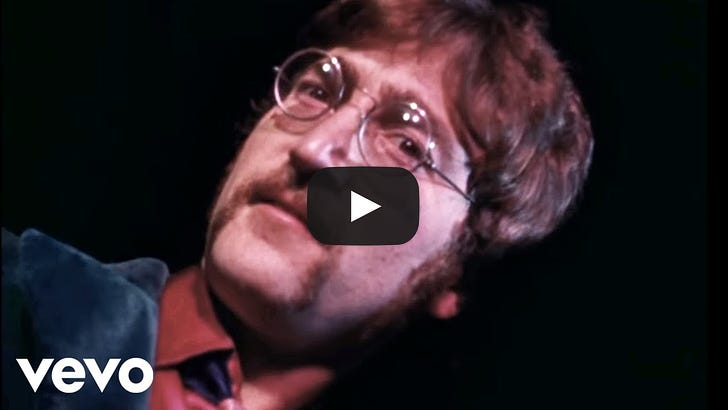 We felt like James Joyce scholars who had mastered Dubliners, and made some sense of Ulysses—but now had to figure out the impenetrable Finnegans Wake. That’s an apt comparison, because those Beatles songs taught me (and a whole generation) how to analyze texts. Long before I showed up at college, I had already assimilated advanced lit crit skills just by struggling to decipher rock songs. This all came to a head with the release of The White Album in November, 1968. I was still a child, but every teen I knew confronted these 90 minutes of music as “a riddle wrapped in a mystery inside an enigma” (if I can borrow Winston Churchill’s description of the Soviet Union). You can mock the people who played songs like “Revolution 9” backwards—trying to find the hidden significations. But in those days, this made perfect sense. These songs demanded that kind of extreme response.  The White Album had no liner notes. Of course not—you were expected to solve this puzzle on your own. Even the blankness of the cover was a challenge. But The White Album did come packaged with a huge foldout photo collage. We poured over that collage, scrutinizing every photo. If I’d owned a microscope, I would have put it under the lens. We knew there was a message there somewhere—we just had to put it all together. That’s how, in the year 1968, popular music reached some new phase, never before known in the world. You didn’t just listen to it, or dance to it. You sought initiation into the grand mysteries of existence. The songs were a pathway. I’m speaking mostly about the Beatles here, but other bands were also trying to do the same. Our tiny bedroom sound systems offered us a never-ending series of invitations to higher spheres of enlightenment—a kind of Rosicrucianism of the radio waves. Teens just needed to listen closely enough. Yes, I laugh at all this today. And, most of all, I laugh at myself. But am I better off now, when I can go to Wikipedia and learn that “Norwegian Wood” is about cheap wood paneling used by interior decorators? I don’t think so. A creative world is degraded when it banishes all mystery and ambiguity and open-endedness. When rationalism, logic, and data take total command over culture, something vital and urgent is lost. Maybe that’s why I avoid reading detailed critical assessments before I listen to a new album nowadays, or watch a movie, or read a book. It’s shameful for me to admit—because, after all, I am a critic—but my aesthetic experience is enriched when my first encounter with a work is direct and unmediated.
I’m not seeking explanations—there are too many of those already. What I really want is to ask the right questions. Art is the means by which we do just that. This is a good place to remind you: The most intense aesthetic experiences are always accompanied by a sense that you still haven’t fully grasped the meaning. You may have gotten part of it, and have tasted some of its delights, but there’s still more out there—at some deeper level—waiting to be tapped. (By the way, if I had to sum up the greatness of Shakespeare in thirty seconds, I’d point to that last paragraph.) Gift subscriptions to The Honest Broker are now available.I’ll never be able to go back to those days when hit songs were filled with soul-shaking secrets. That’s true for me personally, and for all of us as a society. But I can at least nourish some degree of awe and mystery as a consumer of creative works. If I do that, I might even be rewarded with a glimpse of the sublime—there’s a word you don’t hear much anymore. If you’re too hard-headed, and locked into those digital devices, it refuses to reveal itself. There’s no app for sublimity. Logic is great, but so is the part of the world that’s outside of its control—and there’s much less of it in the current era. So even drastic steps taken to grab hold of a piece are justified. That’s what I’ll be doing in the road, when no one is watching us. That’s my magical mystery tour—and maybe yours too. Let’s not wait for an invitation or a ticket to ride, a one-way ticket, yeah. Let’s find out. And we’ll find out. You're currently a free subscriber to The Honest Broker. For the full experience, upgrade your subscription. |
Search thousands of free JavaScript snippets that you can quickly copy and paste into your web pages. Get free JavaScript tutorials, references, code, menus, calendars, popup windows, games, and much more.
My Search for Hidden Meanings in Beatles Songs
Subscribe to:
Post Comments (Atom)
My Search for Hidden Meanings in Beatles Songs
Before the Internet, we often had no idea what hit songs were about ͏ ͏ ͏ ͏ ͏ ͏ ͏ ͏ ͏ ͏ ͏ ...
-
code.gs // 1. Enter sheet name where data is to be written below var SHEET_NAME = "Sheet1" ; // 2. Run > setup // // 3....

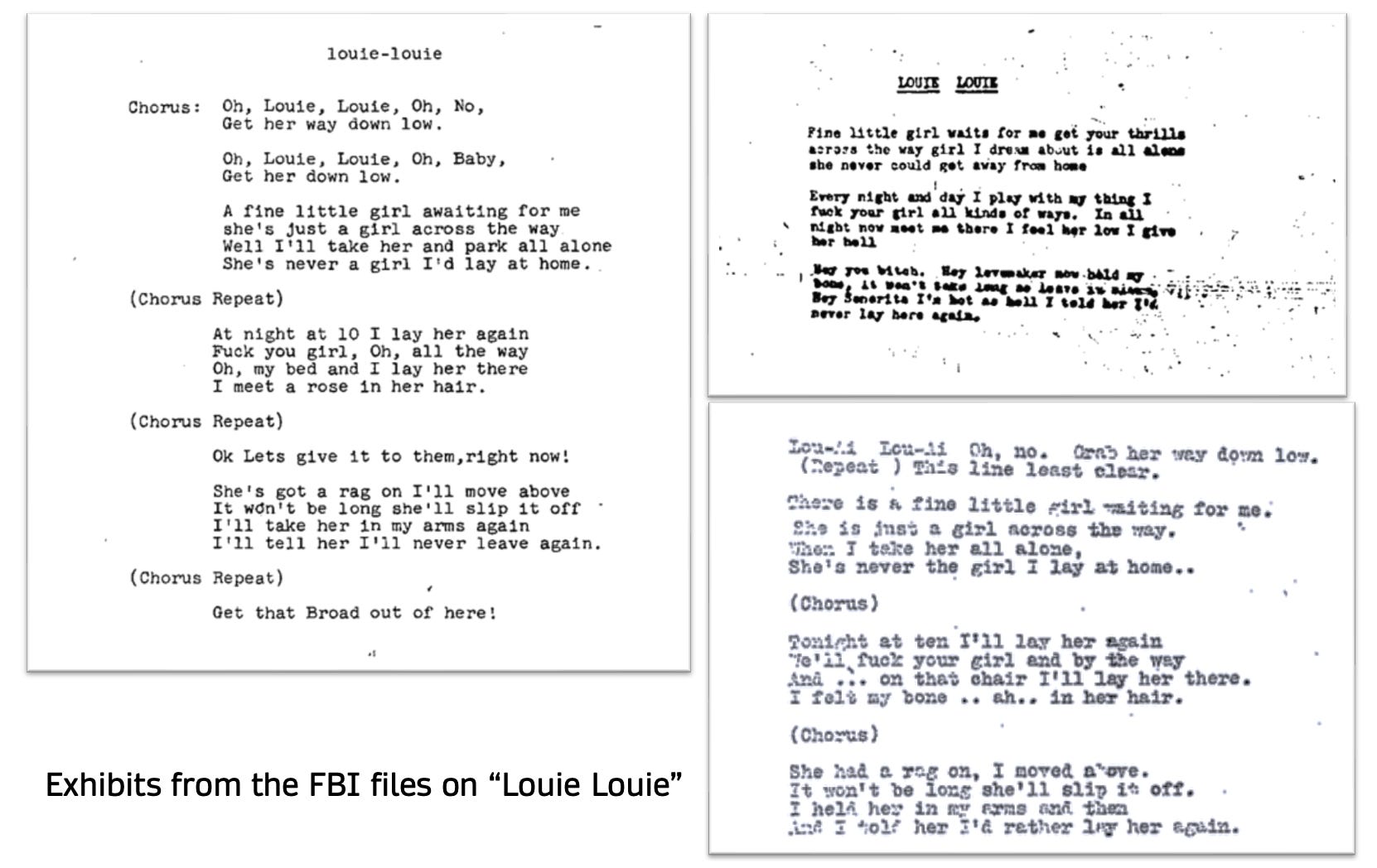
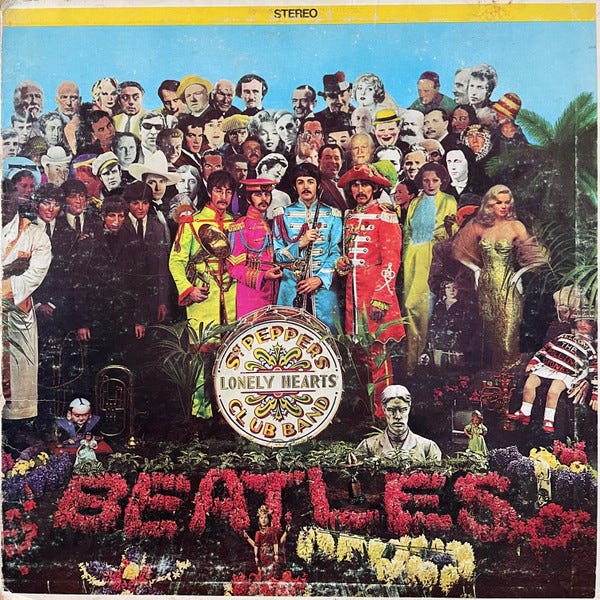
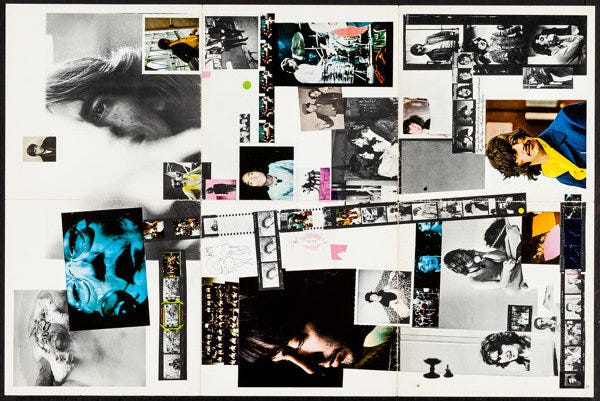
No comments:
Post a Comment